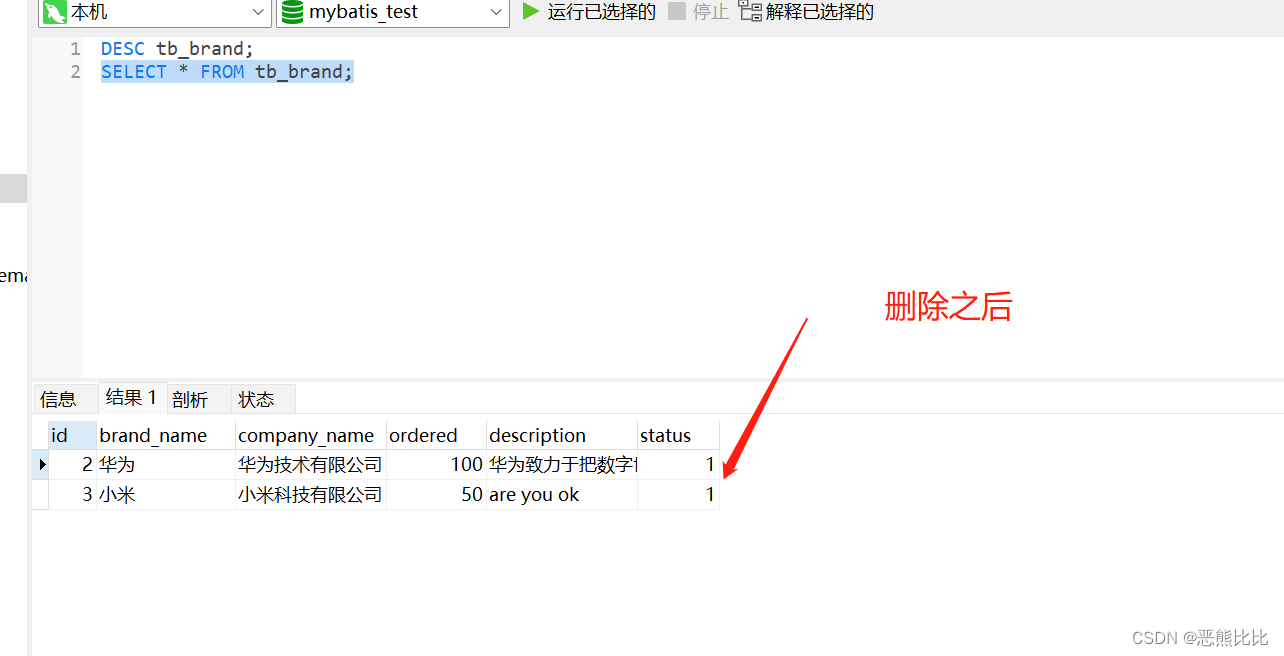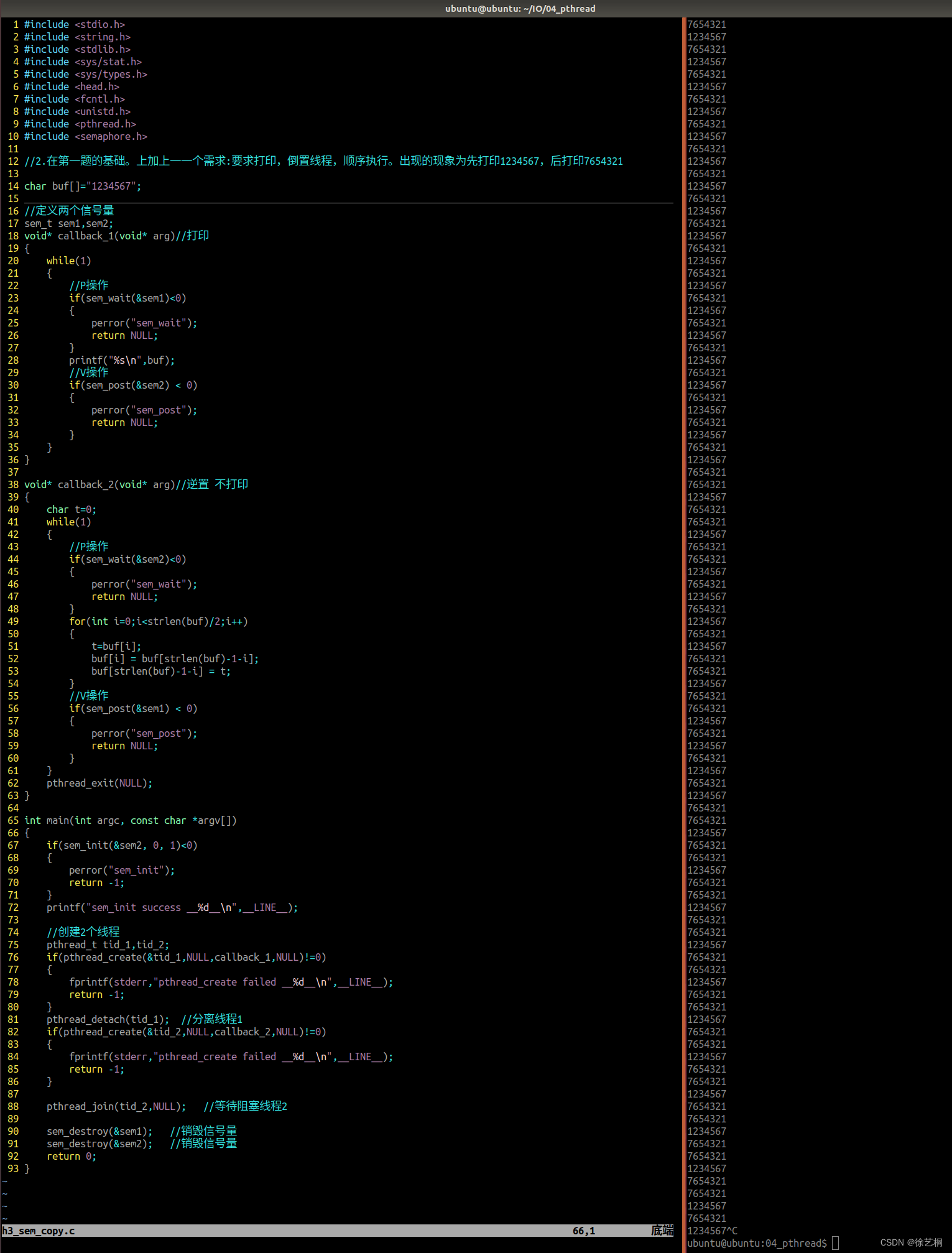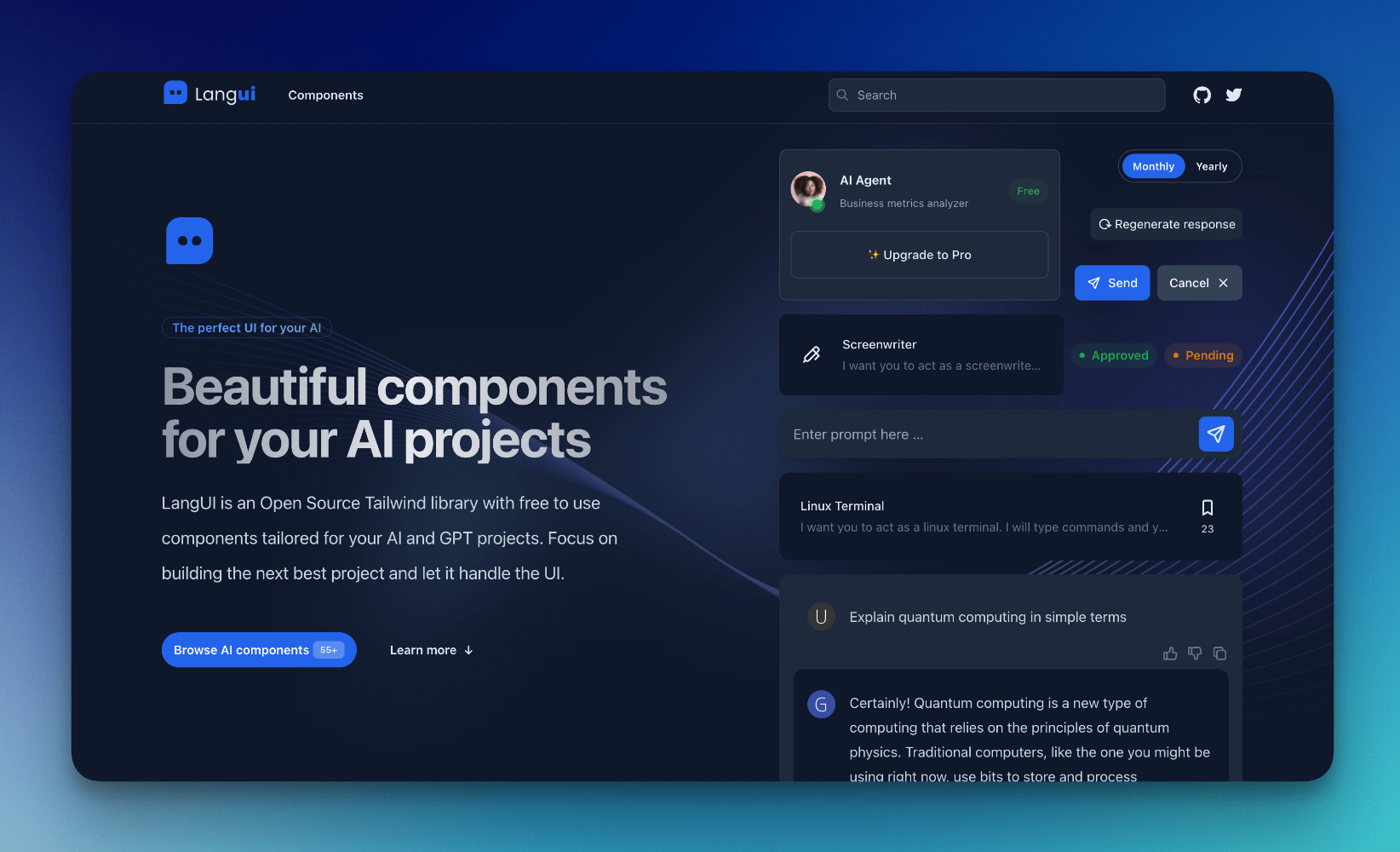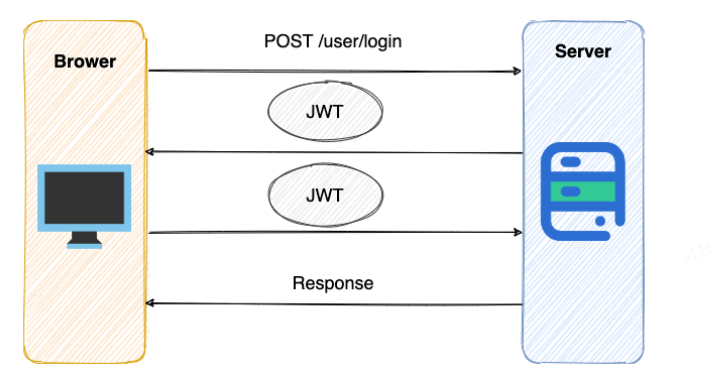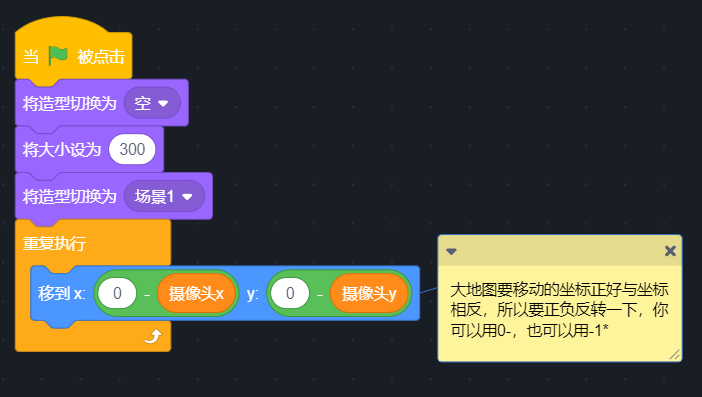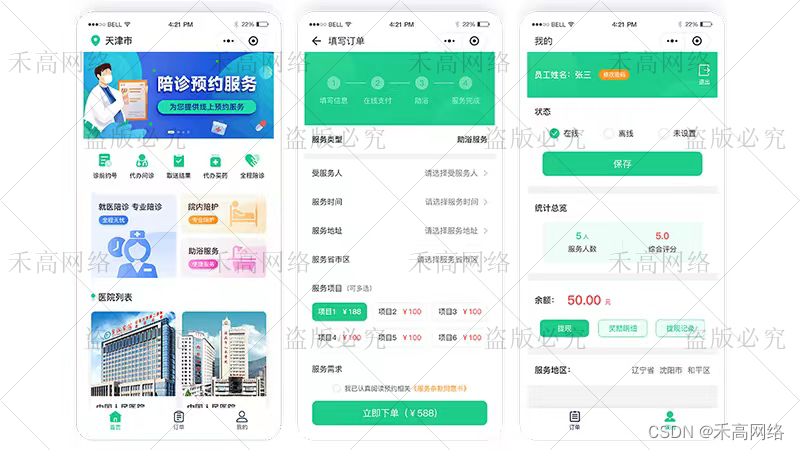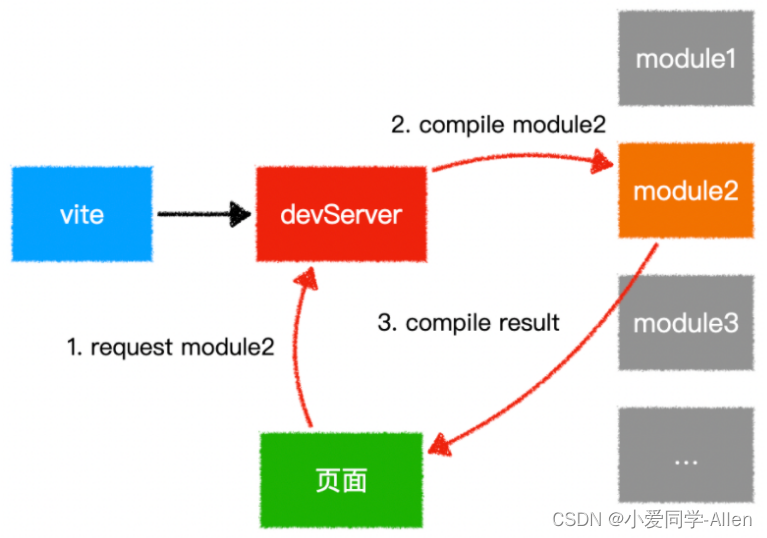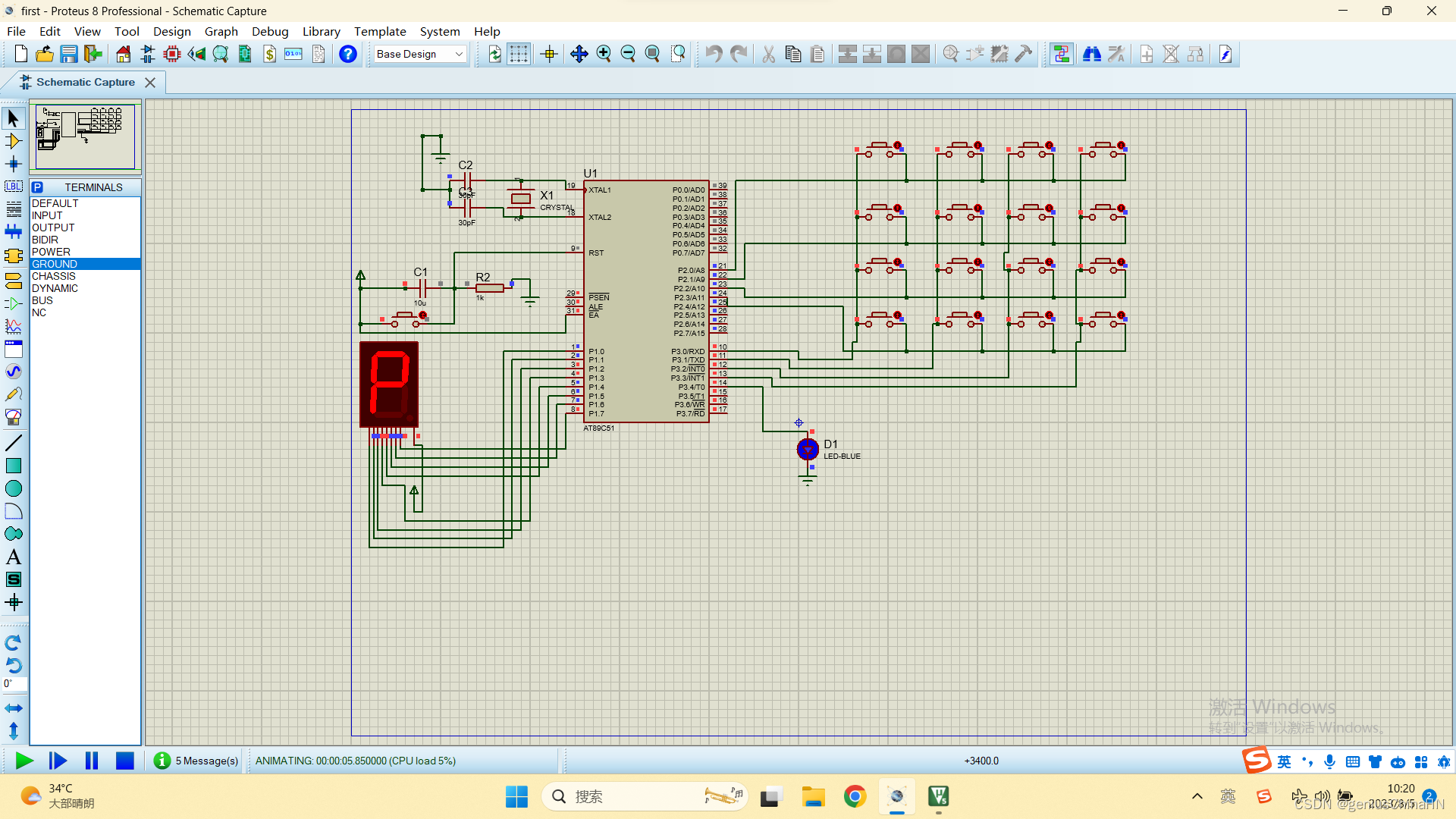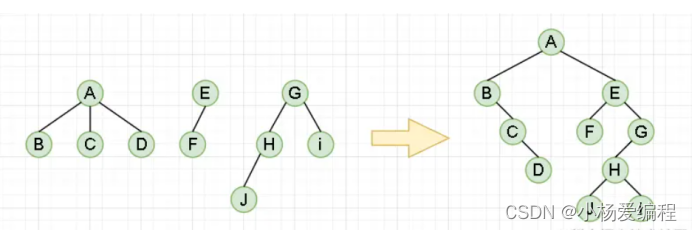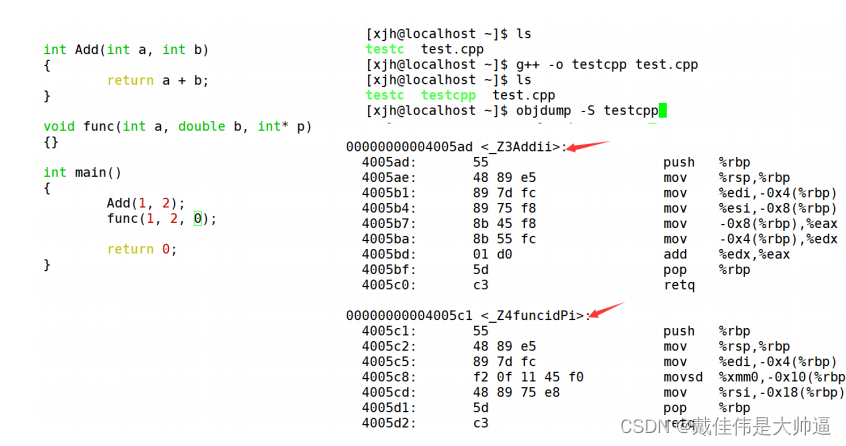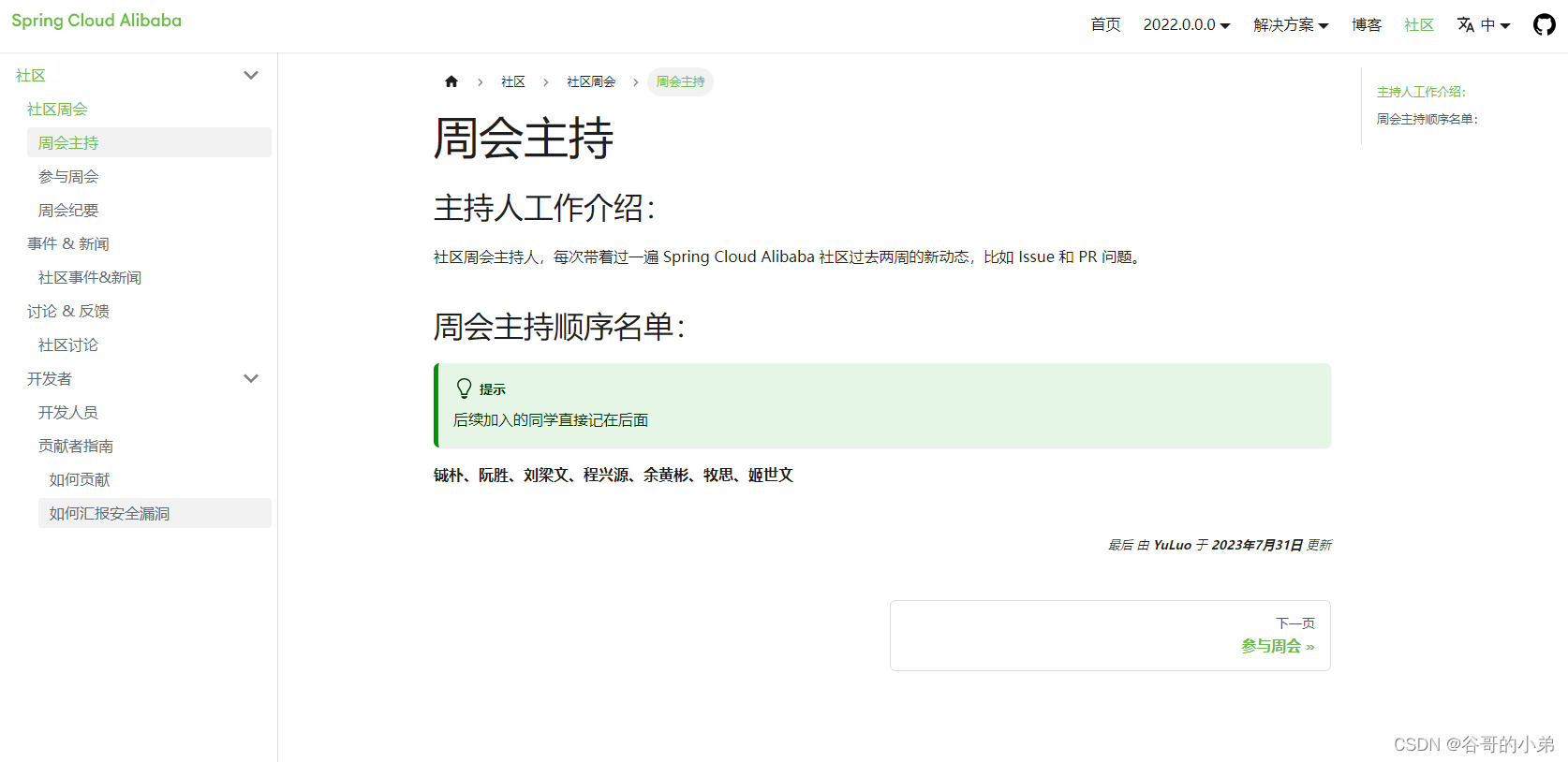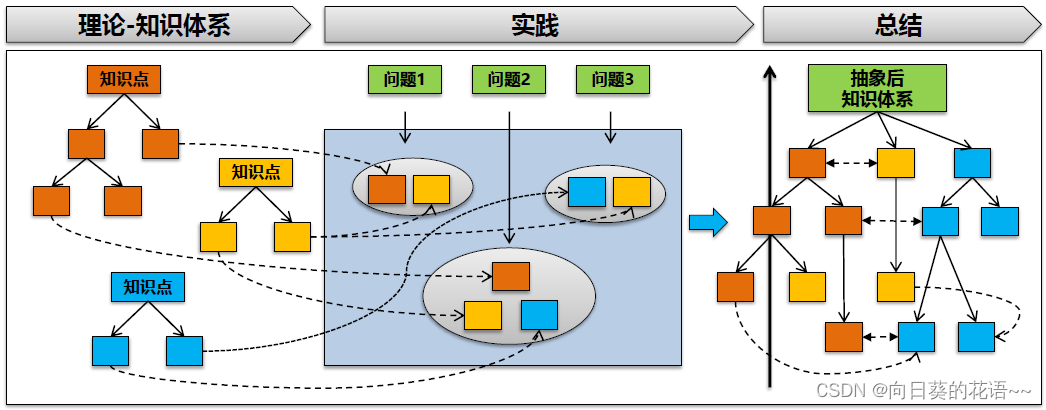文章目录
- 1. aim
- 2.环境准备
- 3.查询
- 3.1 查所有
- 3.2 查看详情
- 3.3 条件查询
- 3.3.1 Mybatics如何接收参数?
- 3.3.2 多条件查询
- 3.3.3 动态条件查询
- 3.3.4 单条件查询
- 4.添加
- 主键返回
- 5.修改
- 5.1 修改全部字段
- 5.2 修改动态字段
- 6.删除
- 6.1 删除1个
- 6.2 批量删除
JDBC完成: https://blog.csdn.net/meini32/article/details/131981238
1. aim
要完成的功能列表清单:
1. 查询
- 查询所有数据
- 查看详情
- 条件查询
2. 添加
3. 修改
- 修改全部字段
- 修改动态字段
4. 删除
- 删除一个
- 批量删除
2.环境准备
- 数据库表tb_brand
- 实体类Brand
- 测试用例
- 安装MyBatis×插件
数据库表:
-- 删除tb_brand表
drop table if exists tb_brand;
-- 创建tb_brand表
create table tb_brand
(
-- id 主键
id int primary key auto_increment,
-- 品牌名称
brand_name varchar(20),
-- 企业名称
company_name varchar(20),
-- 排序字段
ordered int,
-- 描述信息
description varchar(100),
-- 状态:0:禁用 1:启用
status int
);
-- 添加数据
insert into tb_brand (brand_name, company_name, ordered, description, status)
values ('三只松鼠', '三只松鼠股份有限公司', 5, '好吃不上火', 0),
('华为', '华为技术有限公司', 100, '华为致力于把数字世界带入每个人、每个家庭、每个组织,构建万物互联的智能世界', 1),
('小米', '小米科技有限公司', 50, 'are you ok', 1);
SELECT * FROM tb_brand;
实体Brand类
package com.itheima.pojo;
public class Brand {
// id 主键
private Integer id;
// 品牌名称
private String brandName;
// 企业名称
private String companyName;
// 排序字段
private Integer ordered;
// 描述信息
private String description;
// 状态:0:禁用 1:启用
private Integer status;
public Integer getId() {
return id;
}
public void setId(Integer id) {
this.id = id;
}
public String getBrandName() {
return brandName;
}
public void setBrandName(String brandName) {
this.brandName = brandName;
}
public String getCompanyName() {
return companyName;
}
public void setCompanyName(String companyName) {
this.companyName = companyName;
}
public Integer getOrdered() {
return ordered;
}
public void setOrdered(Integer ordered) {
this.ordered = ordered;
}
public String getDescription() {
return description;
}
public void setDescription(String description) {
this.description = description;
}
public Integer getStatus() {
return status;
}
public void setStatus(Integer status) {
this.status = status;
}
@Override
public String toString() {
return "Brand{" +
"id=" + id +
", brandName='" + brandName + '\'' +
", companyName='" + companyName + '\'' +
", ordered=" + ordered +
", description='" + description + '\'' +
", status=" + status +
'}';
}
}
测试用例
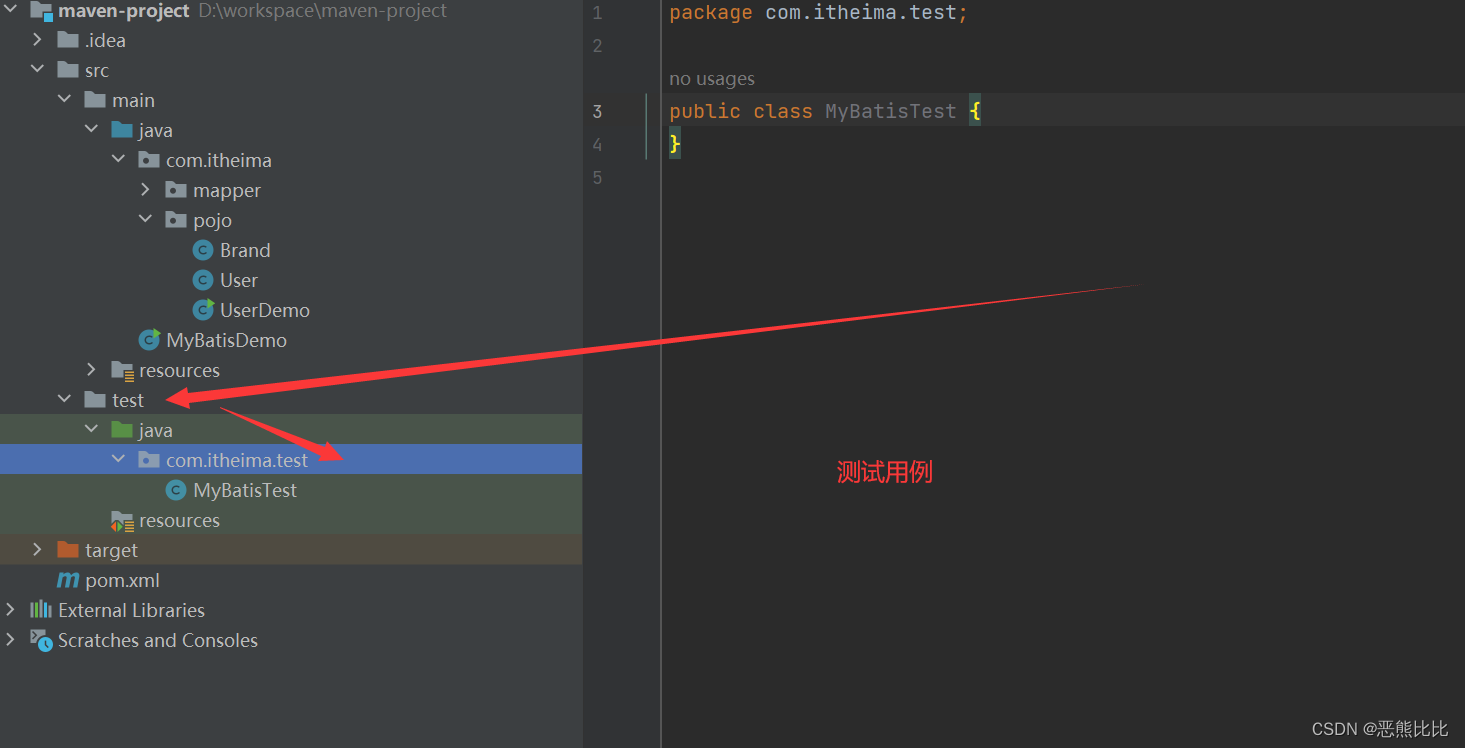
MybatisX插件
功能
- XML和接口方法互相跳转
- 根据接口方法生成statement


3.查询
步骤
- 编写接口:Mapper接口
- 编写sql语句:sql映射文件
- 执行方法,测试
3.1 查所有
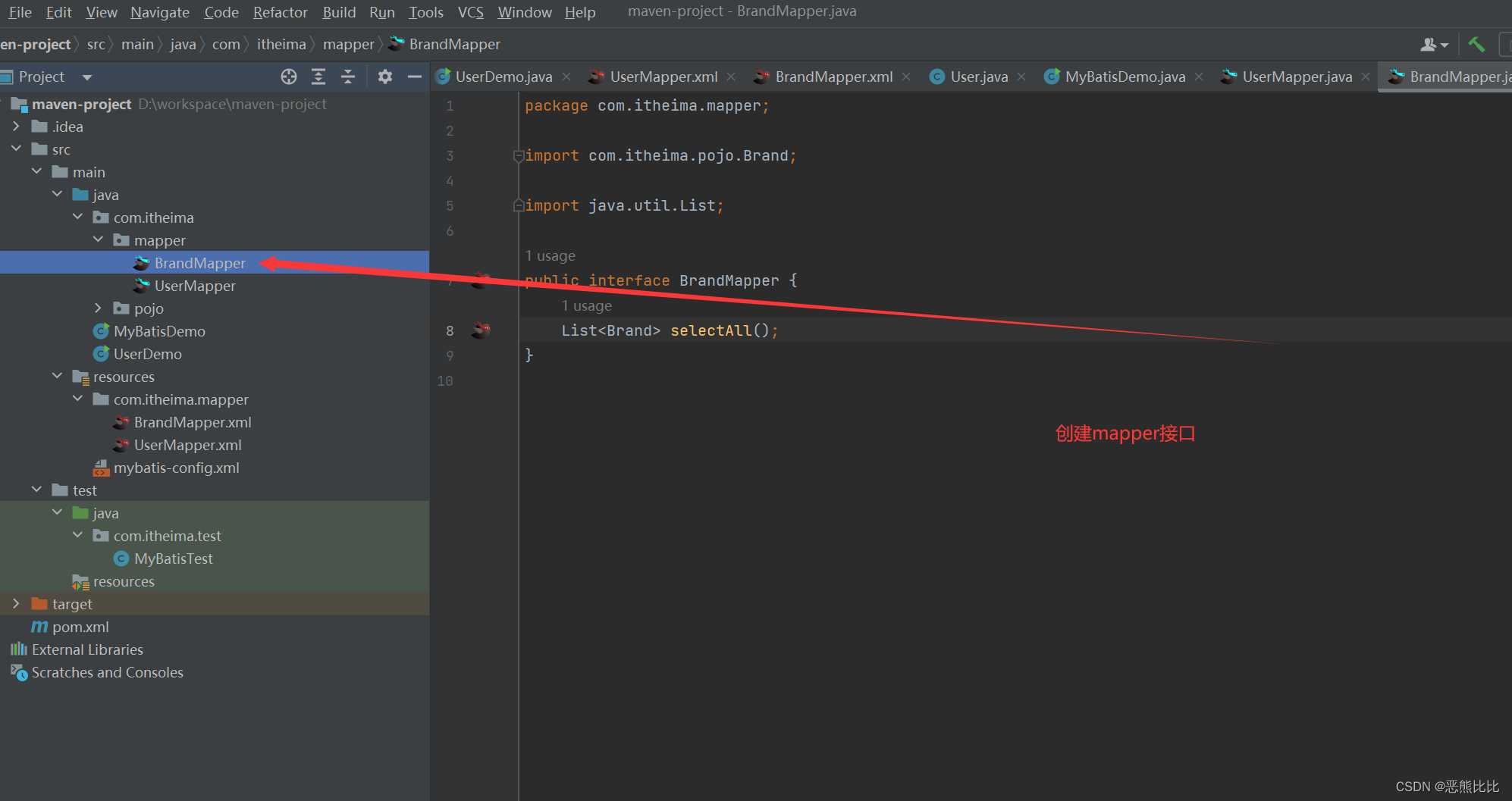
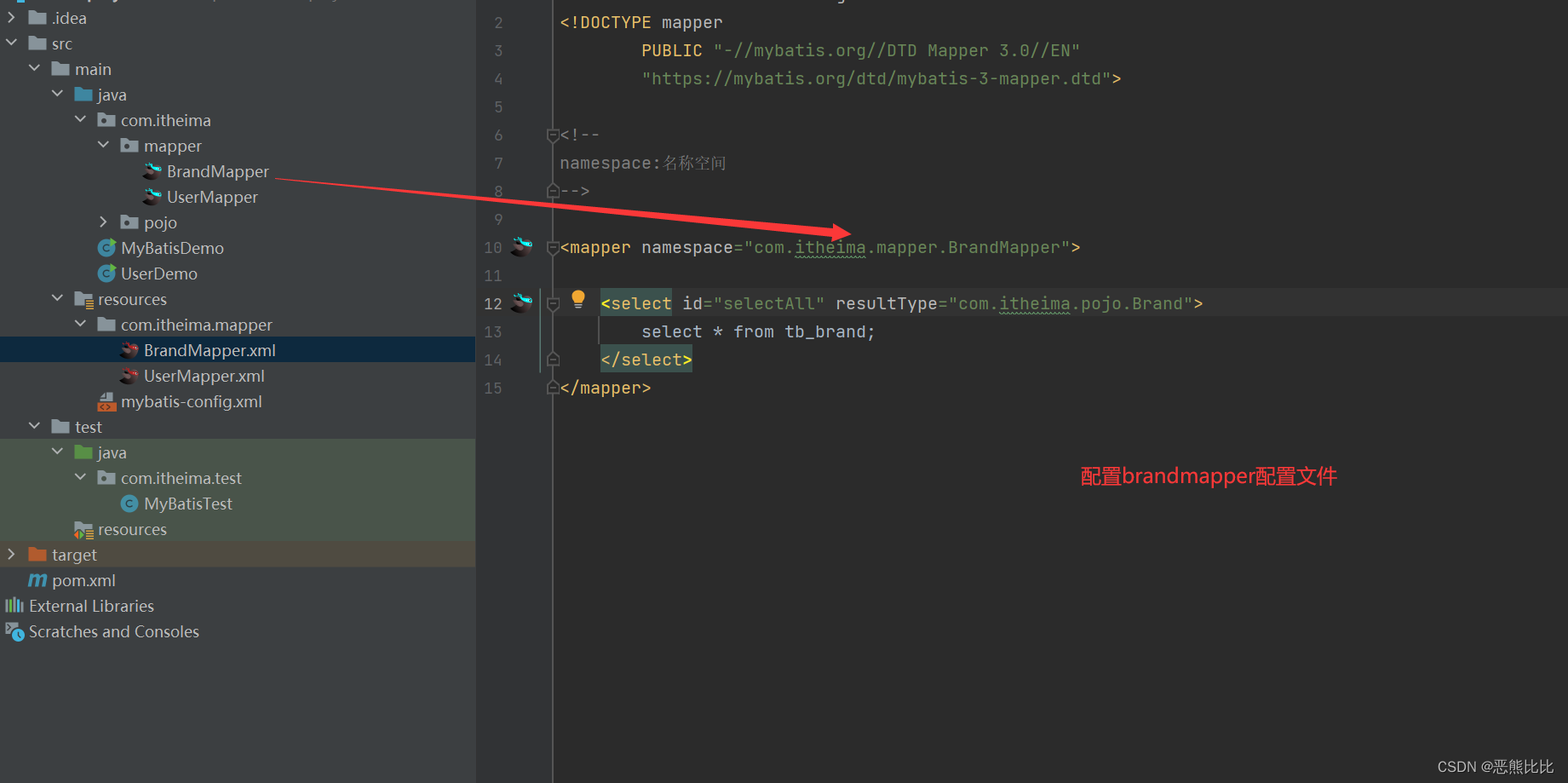
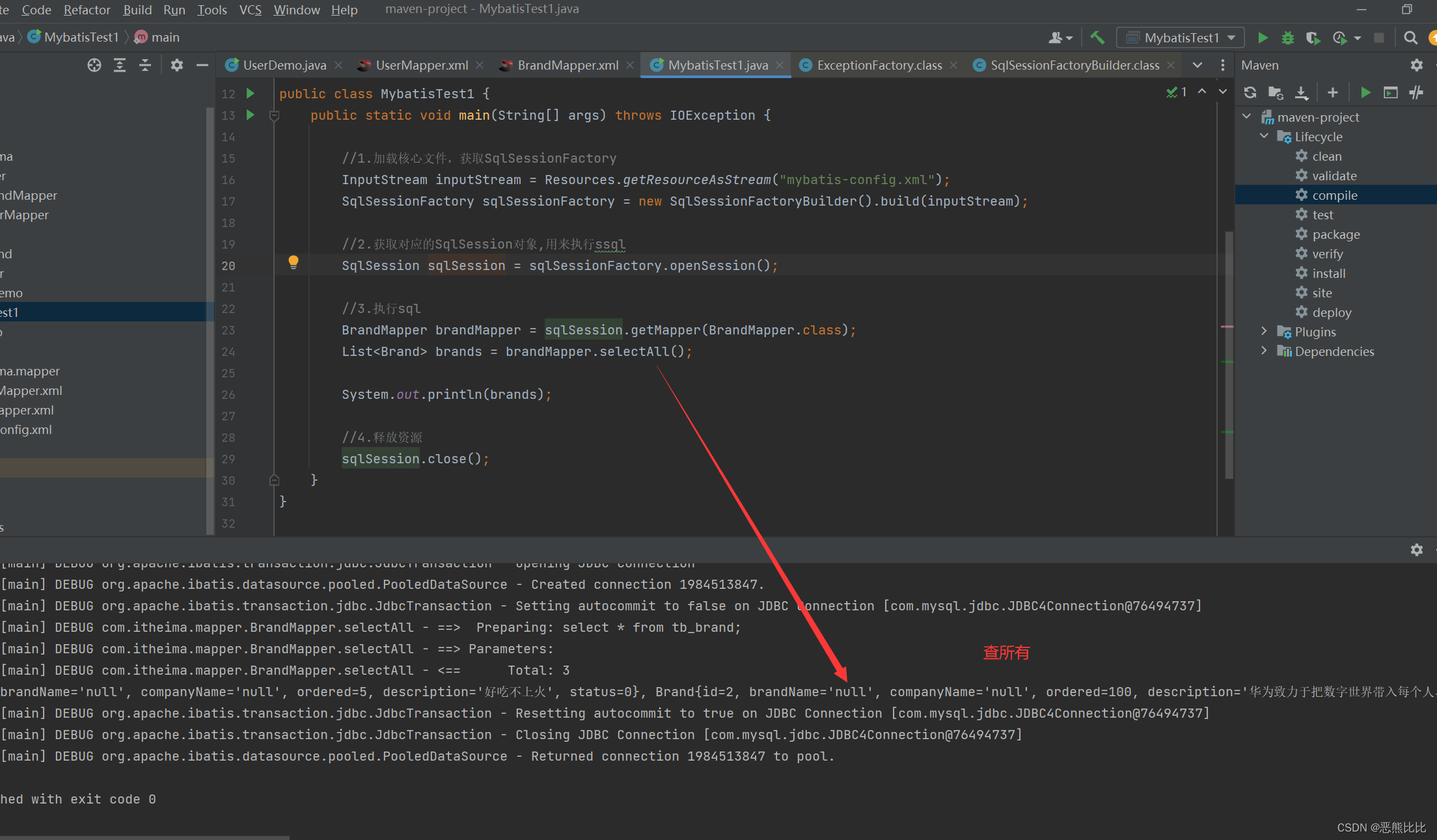
注意:数据库表的字段名称和―实体类的属性名称不一样,则不能自动封装数据
方法1:起别名


方法2:映射
1.定义标签
2.在标签中,使用resultMap属性替换resultType属性
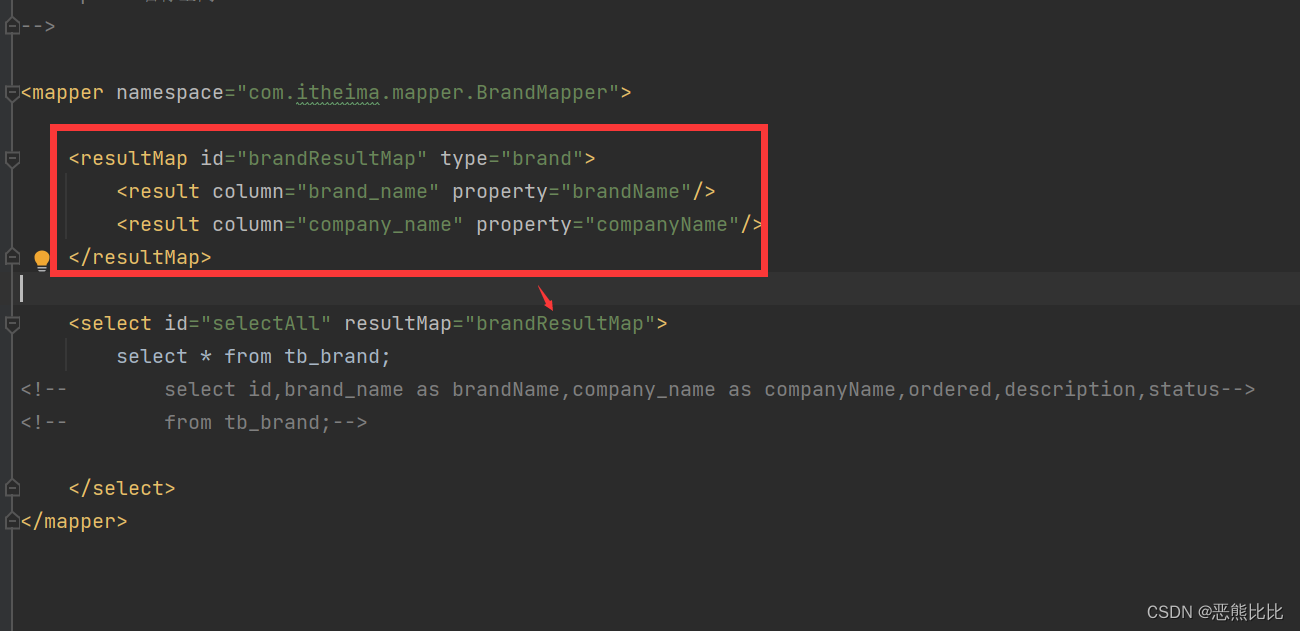
3.2 查看详情
查看某一条数据的详情信息
1.编写mapper接口

2.定义接受参数
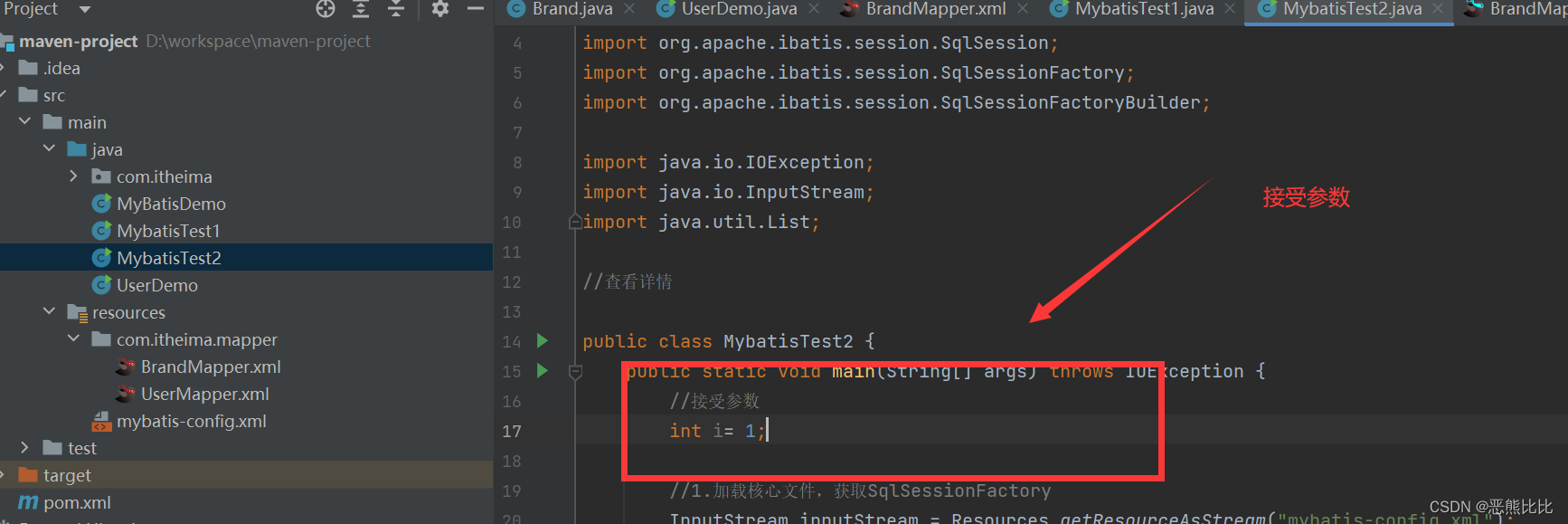
3. 编写sql语句
<select id="selectById" resultMap="brandResultMap">
select * from tb_brand where id = #{id};
</select>
4.执行sql
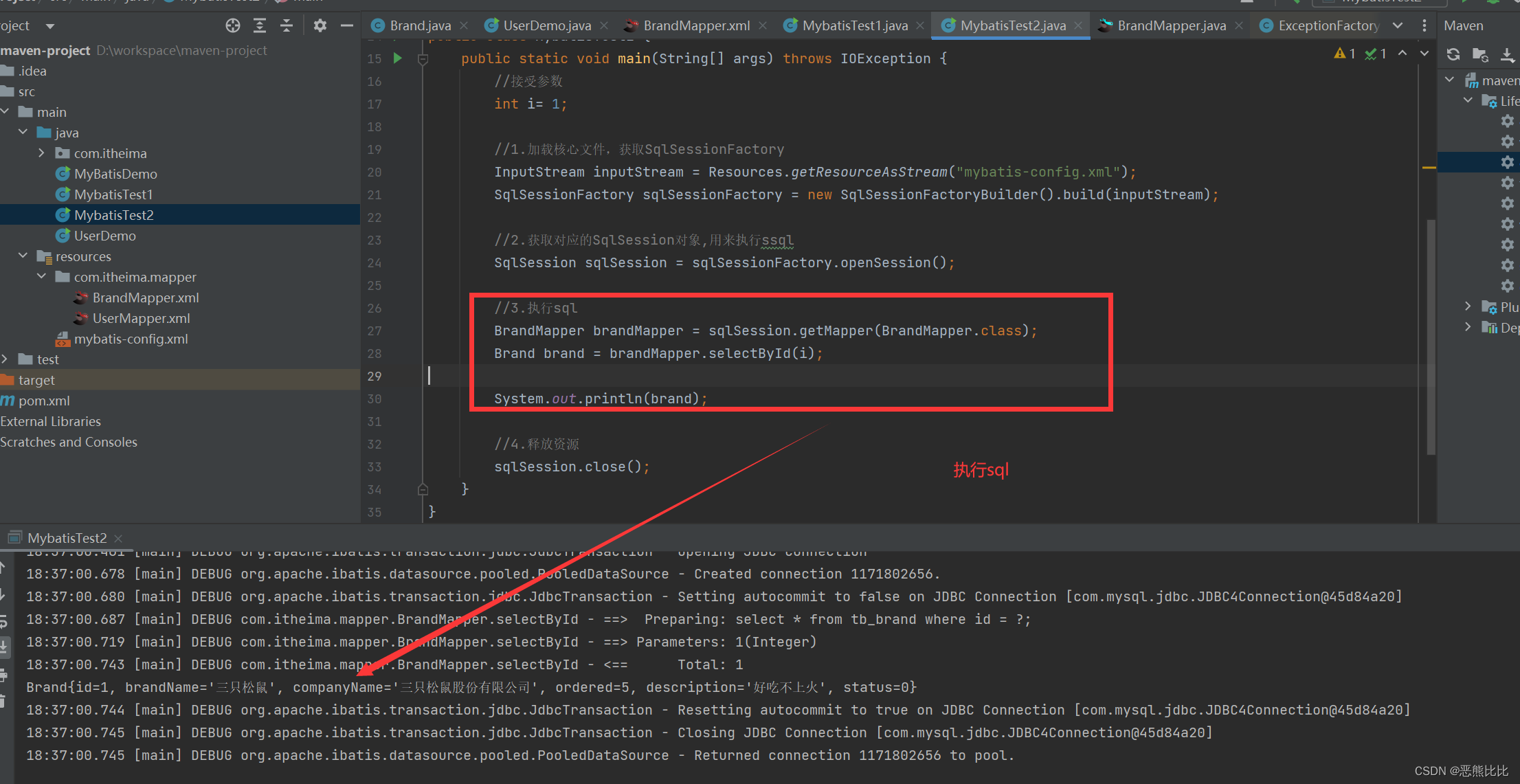
参数占位符
1.#{}:会将其替换为 ?,为了防止SQL注入 2.${}:拼sql。会存在SQL注入问题
3.3 条件查询
3.3.1 Mybatics如何接收参数?
1.单个参数
可以直接将参数作为方法的参数进行传递。在 SQL 语句中可以通过 #{paramName} 的形式引用该参数。
// Java 代码
public interface UserMapper {
User getUserById(int id);
}
<!-- Mapper XML -->
<select id="getUserById" resultType="User">
SELECT * FROM user WHERE id = #{id}
</select>
2.使用 @Param 注解来指定参数的名称:
可以使用 @Param 注解来指定参数的名称,然后在 SQL 语句中通过该名称引用参数。
// Java 代码
public interface UserMapper {
User getUserByIdAndName(@Param("id") int id, @Param("name") String name);
}
<!-- Mapper XML -->
<select id="getUserByIdAndName" resultType="User">
SELECT * FROM user WHERE id = #{id} AND name = #{name}
</select>
3.使用 Map 传递参数:
可以使用 Map 类型的参数传递多个参数。在 SQL 语句中通过键来引用对应的值:
// Java 代码
public interface UserMapper {
User getUserByMap(Map<String, Object> params);
}
<!-- Mapper XML -->
<select id="getUserByMap" resultType="User">
SELECT * FROM user WHERE id = #{id} AND name = #{name}
</select>
4.使用对象传递参数:
可以使用自定义的对象作为参数,MyBatis 会自动将对象的属性与 SQL 语句中的参数进行映射。例如:
// Java 代码
public class UserQuery {
private int id;
private String name;
// 省略 getter 和 setter 方法
}
public interface UserMapper {
User getUserByQuery(UserQuery query);
}
<!-- Mapper XML -->
<select id="getUserByQuery" resultType="User">
SELECT * FROM user WHERE id = #{id} AND name = #{name}
</select>
3.3.2 多条件查询
步骤
- 编写多条件查询的接口(mapper);
- 添加到映射文件里
- 编写sql语句
- 执行,测试
1.定义接口
public interface BrandMapper {
List<Brand> selectAll();
Brand selectById(int id); //通过id查看商品详情
//使用 @Param 注解来指定参数的名称
List<Brand> selectByMutiCondition(@Param("status")int status,@Param("companyName")String companyName,@Param("brandName")String brandName);
//使用对象来指定参数
List<Brand> selectByMutiCondition(Brand brand);
//使用map来指定参数
List<Brand> selectByMutiCondition(HashMap map);
}
2.添加到映射文件里
<!--
namespace:名称空间
-->
<mapper namespace="com.itheima.mapper.BrandMapper">
<resultMap id="brandResultMap" type="brand">
<result column="brand_name" property="brandName"/>
<result column="company_name" property="companyName"/>
</resultMap>
<!-- 多条件查询-->
<select id="selectByMutiCondition" resultMap="brandResultMap">
SELECT * FROM tb_brand
WHERE status = #{status} AND company_name LIKE #{companyName} AND brand_name LIKE #{brandName};
</select>
</mapper>
3.执行,测试
//多条件查询-使用参数查询
public class MyBatisTest3 {
public static void main(String[] args) throws IOException {
int s = 0;
String cn = "三只松鼠股份有限公司";
String bn = "三只松鼠";
//1.加载核心文件,获取SqlSessionFactory
InputStream inputStream = Resources.getResourceAsStream("mybatis-config.xml");
SqlSessionFactory sqlSessionFactory = new SqlSessionFactoryBuilder().build(inputStream);
//2.获取对应的SqlSession对象,用来执行ssql
SqlSession sqlSession = sqlSessionFactory.openSession();
//3.执行sql
BrandMapper brandMapper = sqlSession.getMapper(BrandMapper.class);
List<Brand> brand = brandMapper.selectByMutiCondition(s,cn,bn);
System.out.println(brand);
//4.释放资源
sqlSession.close();
}
}
//多条件查询-使用对象
public class MyBatisTest3 {
public static void main(String[] args) throws IOException {
int s = 0;
String cn = "三只松鼠股份有限公司";
String bn = "三只松鼠";
Brand brand1 = new Brand();
brand1.setStatus(s);
brand1.setBrandName(bn);
brand1.setCompanyName(cn);
//1.加载核心文件,获取SqlSessionFactory
InputStream inputStream = Resources.getResourceAsStream("mybatis-config.xml");
SqlSessionFactory sqlSessionFactory = new SqlSessionFactoryBuilder().build(inputStream);
//2.获取对应的SqlSession对象,用来执行ssql
SqlSession sqlSession = sqlSessionFactory.openSession();
//3.执行sql
BrandMapper brandMapper = sqlSession.getMapper(BrandMapper.class);
List<Brand> brand = brandMapper.selectByMutiCondition(brand1);
System.out.println(brand);
//4.释放资源
sqlSession.close();
}
}
//多条件查询-使用Map
public class MyBatisTest3 {
public static void main(String[] args) throws IOException {
int s = 0;
String cn = "三只松鼠股份有限公司";
String bn = "三只松鼠";
HashMap map = new HashMap();
map.put("status",s);
map.put("companyName",cn);
map.put("brandName",bn);
//1.加载核心文件,获取SqlSessionFactory
InputStream inputStream = Resources.getResourceAsStream("mybatis-config.xml");
SqlSessionFactory sqlSessionFactory = new SqlSessionFactoryBuilder().build(inputStream);
//2.获取对应的SqlSession对象,用来执行ssql
SqlSession sqlSession = sqlSessionFactory.openSession();
//3.执行sql
BrandMapper brandMapper = sqlSession.getMapper(BrandMapper.class);
List<Brand> brand = brandMapper.selectByMutiCondition(map);
System.out.println(brand);
//4.释放资源
sqlSession.close();
}
}
结果:
3.3.3 动态条件查询
动态条件查询是指根据不同的条件组合,构建动态的 SQL 查询语句。
方法
- 使用 <if 元素
- 使用 <choose, <when, <otherwise 元素:
- 使用 <trim, <where, <set元素
使用if
<select id="getUserByCondition" resultType="User">
SELECT * FROM user
WHERE 1=1
<if test="id != null">
AND id = #{id}
</if>
<if test="name != null">
AND name = #{name}
</if>
</select>
使用 choose, when, otherwise 元素
<select id="getUserByCondition" resultType="User">
SELECT * FROM user
WHERE 1=1
<choose>
<when test="id != null">
AND id = #{id}
</when>
<when test="name != null">
AND name = #{name}
</when>
<otherwise>
AND status = 'ACTIVE'
</otherwise>
</choose>
</select>
使用 trim, where, set元素
<update id="updateUser" parameterType="User">
UPDATE user
<set>
<if test="name != null">
name = #{name},
</if>
<if test="age != null">
age = #{age},
</if>
</set>
WHERE id = #{id}
</update>
1.编写接口
List<Brand> selectByMutiConditionActivate(Brand brand);
2.编写动态查询映射文件
<!-- 动态查询-->
<select id="selectByMutiConditionActivate" resultMap="brandResultMap">
SELECT * FROM tb_brand
WHERE 1=1
<if test="status != null">AND status = #{status}</if>
<if test="companyName != null and companyName!='' ">AND company_name LIKE #{companyName} </if>
<if test="brandName != null and brandName!='' ">AND brand_name LIKE #{brandName} </if>
</select>
3.测试
import com.itheima.mapper.BrandMapper;
import com.itheima.pojo.Brand;
import org.apache.ibatis.io.Resources;
import org.apache.ibatis.session.SqlSession;
import org.apache.ibatis.session.SqlSessionFactory;
import org.apache.ibatis.session.SqlSessionFactoryBuilder;
import java.io.IOException;
import java.io.InputStream;
import java.util.HashMap;
import java.util.List;
public class MyBatisTest4 {
public static void main(String[] args) throws IOException {
// int s = 1;
String cn = "三只松鼠股份有限公司";
// String bn = "三只松鼠";
Brand brand1 = new Brand();
// brand1.setStatus(s);
// brand1.setBrandName(bn);
brand1.setCompanyName(cn);
//1.加载核心文件,获取SqlSessionFactory
InputStream inputStream = Resources.getResourceAsStream("mybatis-config.xml");
SqlSessionFactory sqlSessionFactory = new SqlSessionFactoryBuilder().build(inputStream);
//2.获取对应的SqlSession对象,用来执行ssql
SqlSession sqlSession = sqlSessionFactory.openSession();
//3.执行sql
BrandMapper brandMapper = sqlSession.getMapper(BrandMapper.class);
List<Brand> brand = brandMapper.selectByMutiConditionActivate(brand1);
System.out.println(brand);
//4.释放资源
sqlSession.close();
}
}
4.结果

3.3.4 单条件查询
MyBatis 单条件动态查询是指根据单个条件的存在与否,动态地构建 SQL
查询语句。根据不同的条件值,选择是否添加该条件到查询语句中,从而实现根据单个条件进行灵活查询的功能。
使用 <choose,《when> 和 《otherwise> 元素可以实现条件选择逻辑,根据不同的条件选择其中一个分支进行处理
<select id="getUserByCondition" resultType="User">
SELECT * FROM user
WHERE 1=1
<choose>
<when test="name != null">
AND name = #{name}
</when>
<when test="age != null">
AND age = #{age}
</when>
<otherwise>
AND 1=1
</otherwise>
</choose>
</select>
4.添加

步骤
- 编写接口方法
- 编写sql语句,添加映射文件
- 执行方法,测试
MyBatis事务:
- openSession(): 默认开启事务,进行增删改操作后需要使用 sqlSession.commit();
- 手动提交事务openSession(true): 可以设置为自动提交事务 (关闭事务)
1.编写接口
public interface BrandMapper {
//添加
void addBrand(Brand brand);
}
2.编辑映射文件
<!--
namespace:名称空间
-->
<mapper namespace="com.itheima.mapper.BrandMapper">
<resultMap id="brandResultMap" type="brand">
<result column="brand_name" property="brandName"/>
<result column="company_name" property="companyName"/>
</resultMap>
<insert id="addBrand">
insert into tb_brand (brand_name, company_name, ordered,description, status)
values (#{brandName},#{companyName},#{ordered},#{description},#{status});
</insert>
</mapper>
3.测试 结果
//添加
public class MybatisTest5 {
public static void main(String[] args) throws IOException {
String bn = "百度";
String cn = "百度公司";
int od = 18;
String ds = "百度一下你就知道";
int st =0;
Brand brand = new Brand();
brand.setBrandName(bn);
brand.setStatus(st);
brand.setCompanyName(cn);
brand.setDescription(ds);
brand.setOrdered(od);
//1.加载核心文件,获取SqlSessionFactory
InputStream inputStream = Resources.getResourceAsStream("mybatis-config.xml");
SqlSessionFactory sqlSessionFactory = new SqlSessionFactoryBuilder().build(inputStream);
//2.获取对应的SqlSession对象,用来执行ssql
SqlSession sqlSession = sqlSessionFactory.openSession();
//3.执行sql
BrandMapper brandMapper = sqlSession.getMapper(BrandMapper.class);
brandMapper.addBrand(brand);
//4.提交事务
sqlSession.commit();
//5.关闭
sqlSession.close();
}
}
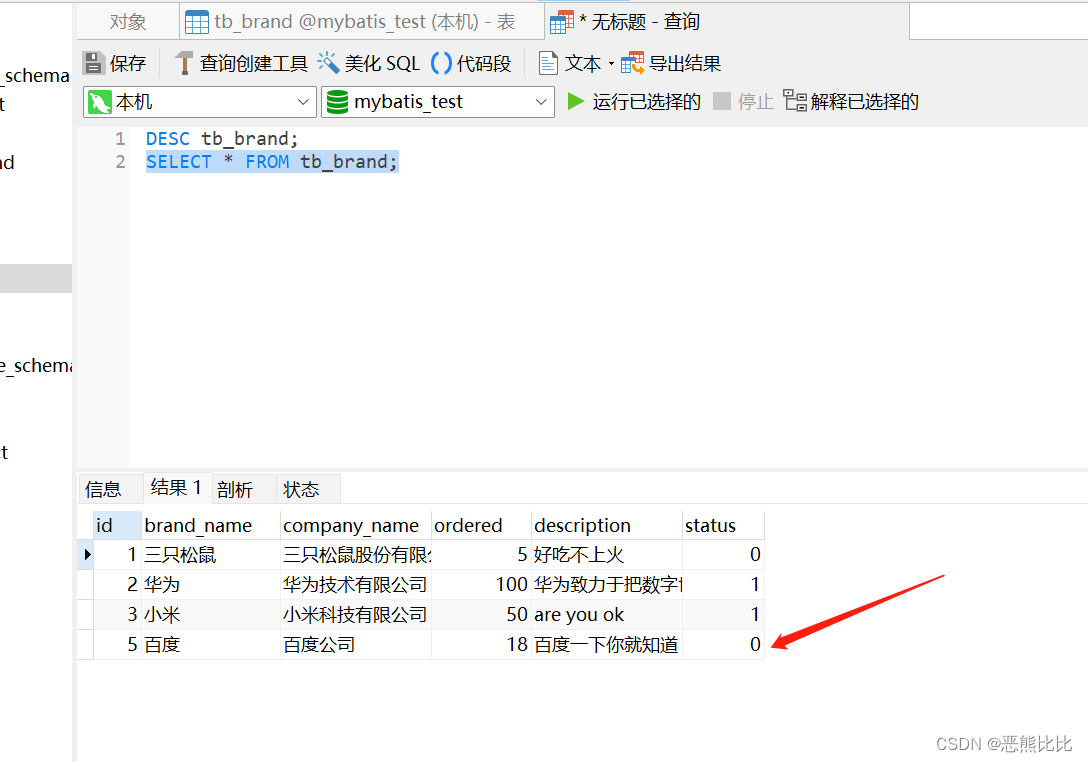
主键返回
是什么?
在数据添加成功后,需要获取插入数据库数据的主键的值
比如: 添加订单和订单项
1.添加订单
2.添加订单项,订单项中需要设置所属订单的id
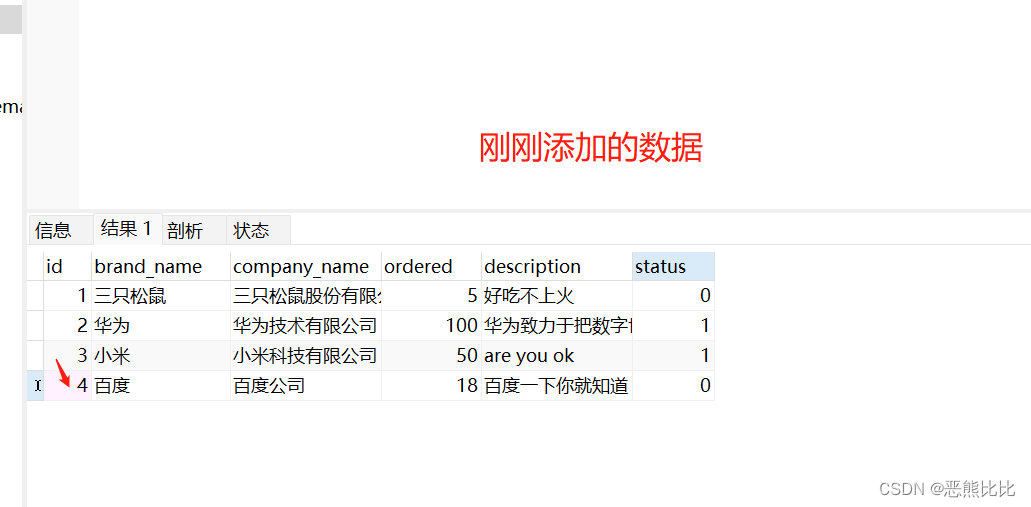
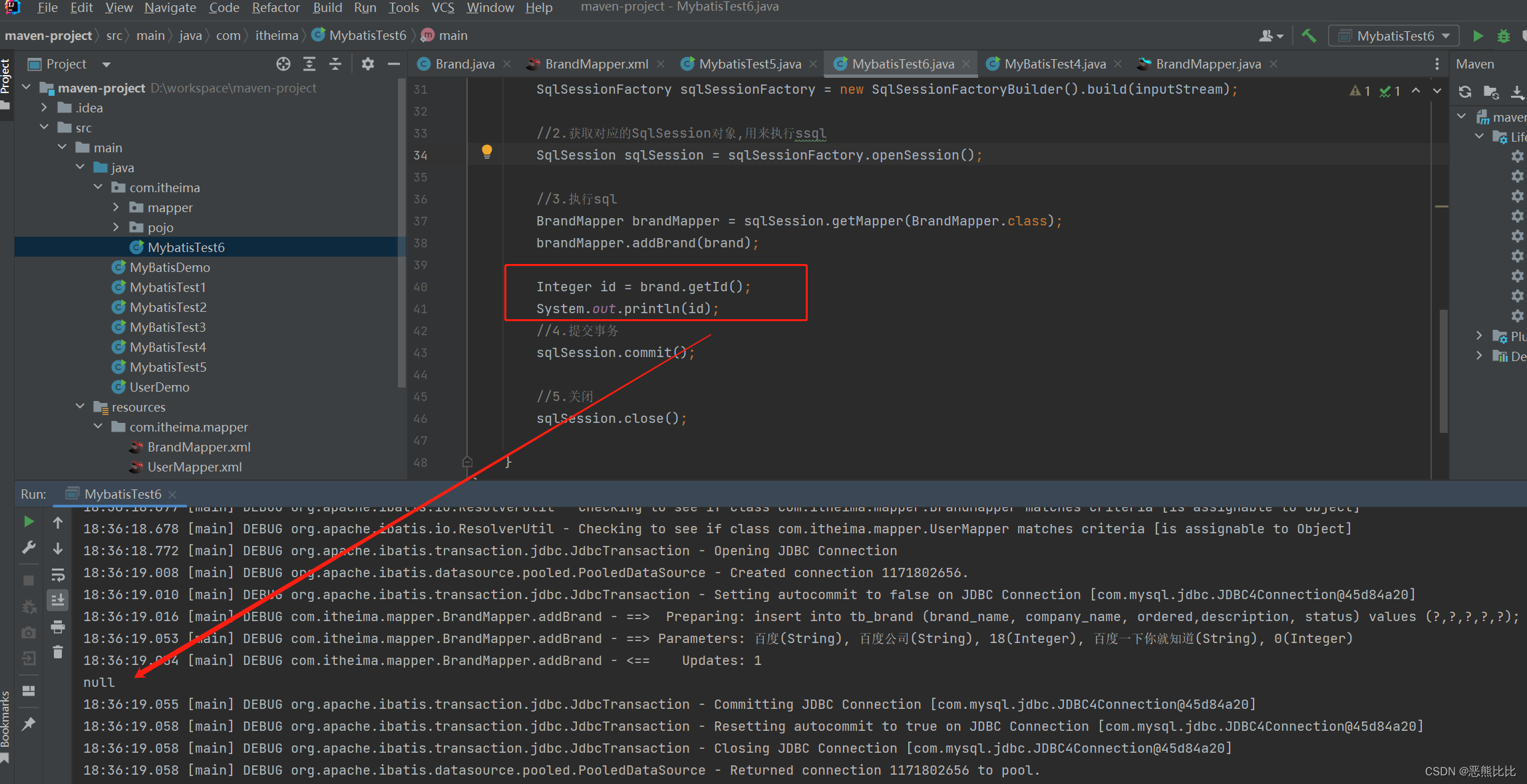
原因:执行完id没有绑定到对象上
解决:MyBatis 框架,可以使用 useGeneratedKeys 和 keyProperty
属性来自动获取生成的主键值,并将其设置到相应的属性上。
<insert id="addBrand" useGeneratedKeys="true" keyProperty="id">
insert into tb_brand (brand_name, company_name, ordered,description, status)
values (#{brandName},#{companyName},#{ordered},#{description},#{status});
</insert>

5.修改
sql语句
UPDATE 表名 SET 列名1=值1,列名2=值2,... [ WHERE 条件];
mybatis标签
<update id="updateOrder" parameterType="Order">
UPDATE orders
SET order_number = #{orderNumber}, order_date = #{orderDate}
WHERE id = #{id}
</update>
5.1 修改全部字段
public interface BrandMapper {
//修改
void updateBrand(Brand brand);
}
<update id="updateBrand">
update tb_brand
set brand_name=#{brandName},
company_name=#{companyName},
ordered=#{ordered},
description=#{description},
status=#{status}
where id = #{id};
</update>
//返回修改全部字段
public class MybatisTest7 {
public static void main(String[] args) throws IOException {
String bn = "快手";
String cn = "fasthand公司";
int od = 666;
String ds = "老铁加油哇";
int st =1;
int id = 7;
Brand brand = new Brand();
brand.setId(id);
brand.setBrandName(bn);
brand.setStatus(st);
brand.setCompanyName(cn);
brand.setDescription(ds);
brand.setOrdered(od);
//1.加载核心文件,获取SqlSessionFactory
InputStream inputStream = Resources.getResourceAsStream("mybatis-config.xml");
SqlSessionFactory sqlSessionFactory = new SqlSessionFactoryBuilder().build(inputStream);
//2.获取对应的SqlSession对象,用来执行ssql
SqlSession sqlSession = sqlSessionFactory.openSession();
//3.执行sql
BrandMapper brandMapper = sqlSession.getMapper(BrandMapper.class);
brandMapper.updateBrand(brand);
//4.提交事务
sqlSession.commit();
//5.关闭
sqlSession.close();
}
}
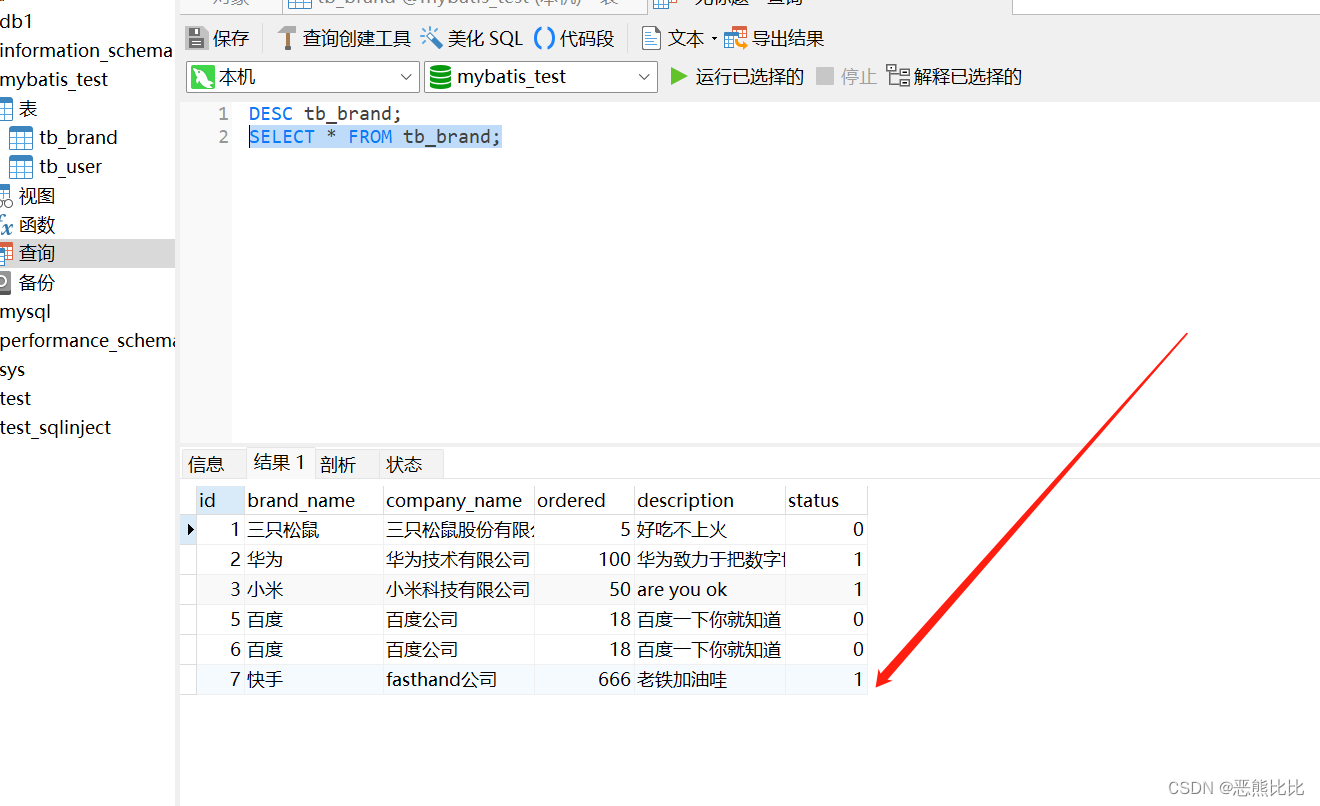
5.2 修改动态字段
在 MyBatis 中,你可以使用 元素来实现动态修改字段。 元素根据条件的成立与否,决定是否包含某字段的修改语句片段。
void updateBrandActivate(Brand brand);
<update id="updateBrandActivate">
update tb_brand
<set>
<if test="brandName != null and brandName!='' ">brand_name=#{brandName}</if>
<if test="companyName != null and companyName!='' ">company_name=#{companyName}</if>
<if test="ordered != null and ordered!='' ">ordered=#{ordered}</if>
<if test="description != null and description!='' ">description=#{description}</if>
<if test="status != null and status!='' ">status=#{status}</if>
</set>
where id = #{id};
</update>
//返回动态修改字段
public class MybatisTest8 {
public static void main(String[] args) throws IOException {
String bn = "快手";
String cn = "fasthand公司";
int od = 666;
String ds = "先穿裤子在穿鞋,先当孙子再当爷,记住这句话!";
int st =0;
int id = 7;
Brand brand = new Brand();
brand.setId(id);
// brand.setBrandName(bn);
brand.setStatus(st);
// brand.setCompanyName(cn);
brand.setDescription(ds);
// brand.setOrdered(od);
//1.加载核心文件,获取SqlSessionFactory
InputStream inputStream = Resources.getResourceAsStream("mybatis-config.xml");
SqlSessionFactory sqlSessionFactory = new SqlSessionFactoryBuilder().build(inputStream);
//2.获取对应的SqlSession对象,用来执行ssql
SqlSession sqlSession = sqlSessionFactory.openSession();
//3.执行sql
BrandMapper brandMapper = sqlSession.getMapper(BrandMapper.class);
brandMapper.updateBrandActivate(brand);
//4.提交事务
sqlSession.commit();
//5.关闭
sqlSession.close();
}
}
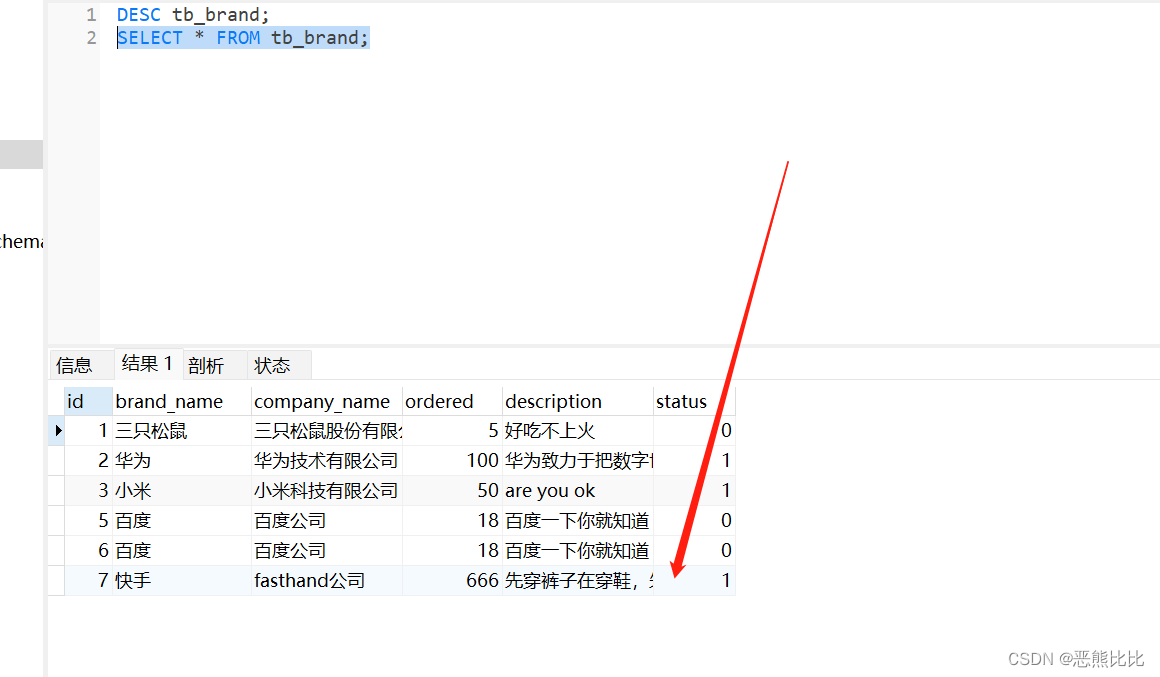
6.删除
sql语句
DELETE FROM 表名 [WHERE 条件] ;
6.1 删除1个
void deleteOne(int id);
<delete id="deleteOne">
delete from tb_brand where id = #{id};
</delete>
//删除1
public class MybatisTest9 {
public static void main(String[] args) throws IOException {
int id = 6;
//1.加载核心文件,获取SqlSessionFactory
InputStream inputStream = Resources.getResourceAsStream("mybatis-config.xml");
SqlSessionFactory sqlSessionFactory = new SqlSessionFactoryBuilder().build(inputStream);
//2.获取对应的SqlSession对象,用来执行ssql
SqlSession sqlSession = sqlSessionFactory.openSession();
//3.执行sql
BrandMapper brandMapper = sqlSession.getMapper(BrandMapper.class);
brandMapper.deleteOne(id);
//4.提交事务
sqlSession.commit();
//5.关闭
sqlSession.close();
}
}
6.2 批量删除
void deleteMuti(@Param("ids")int[] ids);
<delete id="deleteMuti">
delete from tb_brand
where id
in(
<foreach collection="ids" item="id" separator=",">
#{id}
</foreach>
);
</delete>
//删除1
public class MybatisTest9 {
public static void main(String[] args) throws IOException {
int[] ids = {1,5,7};
//1.加载核心文件,获取SqlSessionFactory
InputStream inputStream = Resources.getResourceAsStream("mybatis-config.xml");
SqlSessionFactory sqlSessionFactory = new SqlSessionFactoryBuilder().build(inputStream);
//2.获取对应的SqlSession对象,用来执行ssql
SqlSession sqlSession = sqlSessionFactory.openSession();
//3.执行sql
BrandMapper brandMapper = sqlSession.getMapper(BrandMapper.class);
brandMapper.deleteMuti(ids);
//4.提交事务
sqlSession.commit();
//5.关闭
sqlSession.close();
}
}

